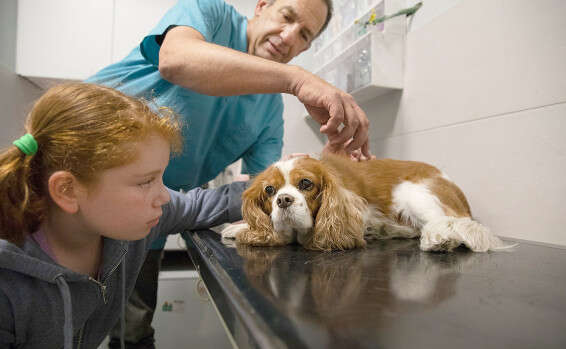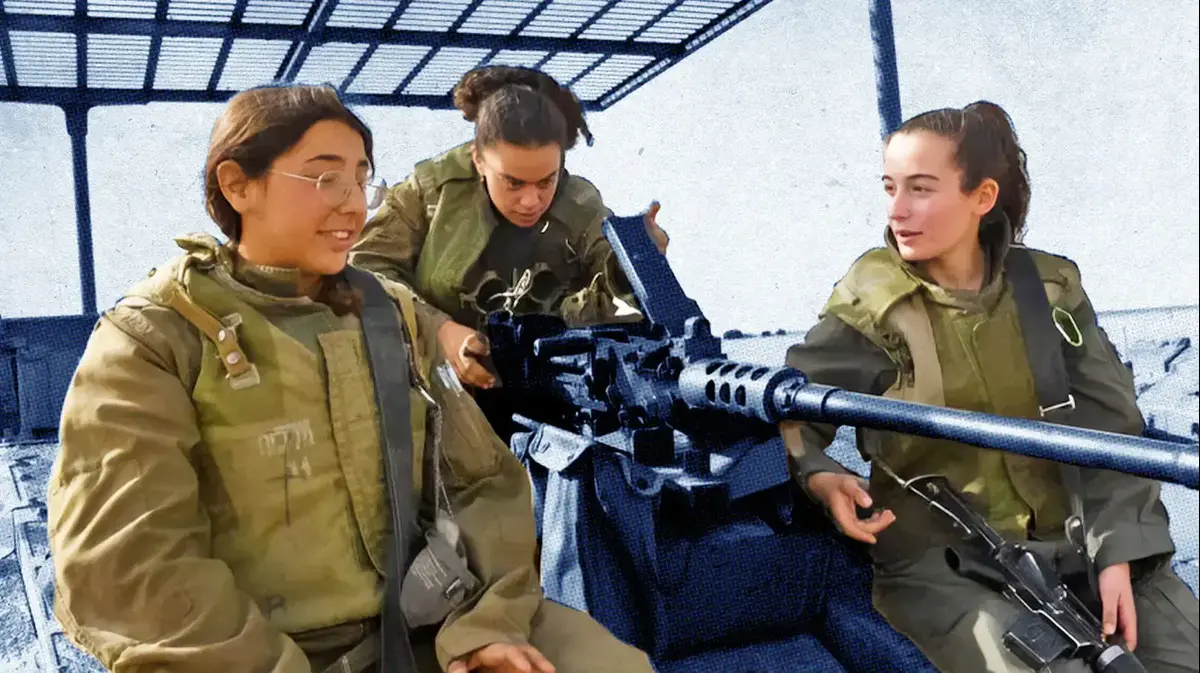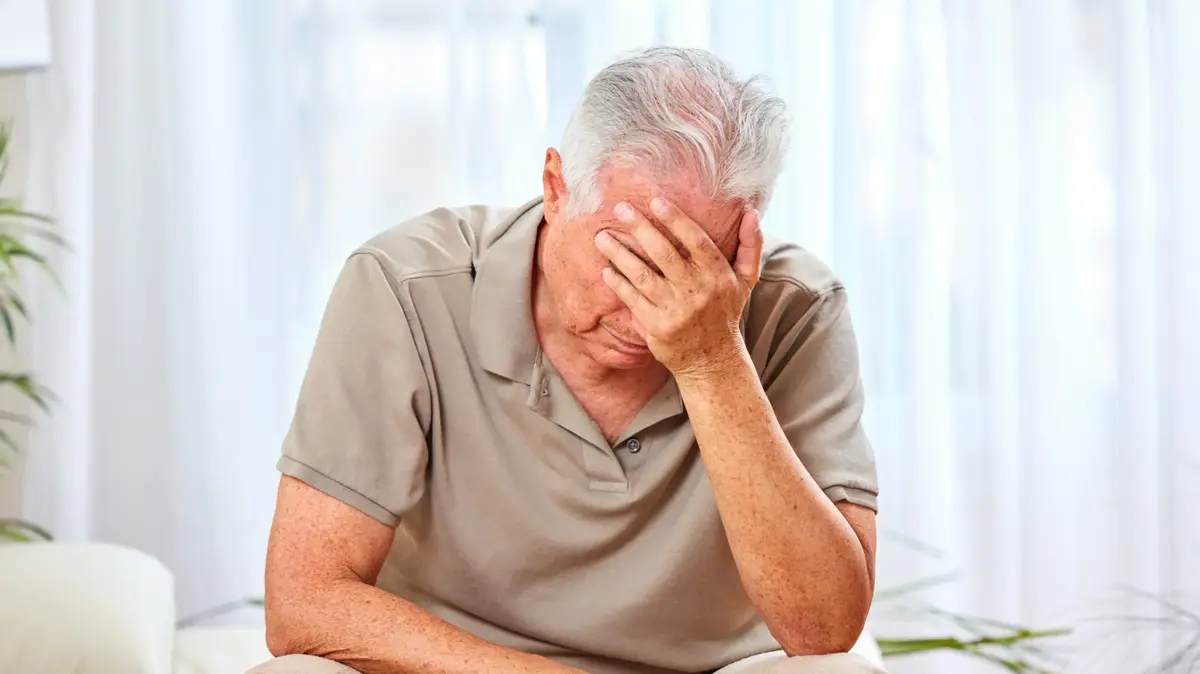What is good for humans is also good for animals, and naturally complementary medicine for four has become an emerging field • From treating Bach flowers, through acupuncture to massage - where Western medicine is stuck, there are proven solutions that lead to significant improvements in animal behavior and quality of life.
Bamboo Acupuncture Chinese Bitch at Haifa Veterinary Medical Center // Photo: Michelle Dot Com
Complementary medicine has become an integral part of the modern medical world. Many patients use alternative treatments as a supplement or as a substitute for conventional medicine, and it was clear that it would be a matter of time before veterinarians would adopt it. It turns out that what started in the second century AD somewhere in distant China - when they understood the direct connection between the body and the mind and began to internalize that the different body systems affect each other and depend on both external and internal factors - also applies to animals.
Unlike human treatments, medical problems in animals are resolved relatively quickly, treatment is short, sometimes even one-off, and its long-term impact. Therefore, complementary medicine does not require a long series of treatments, although occasional "maintenance" treatment is required every few months. Alternative medicine treatments - acupuncture, massages or Bach flowers - are best suited to non-responsive animals in the case of surgical option. Diagnosis and treatment are suitable for almost all areas - from orthopedic and skin problems, through difficulty breathing and digestion to behavioral problems. Dr. Tidhar Klein, veterinarian and husband The "Moriah Medical Veterinary Center" in Haifa, offers acupuncture as a complementary treatment to that convention S. 'Puncture good especially in places where classical western medicine gets stuck with a complicated problem, or something that is chronic, "he explains," In some cases repeatedly give the same treatment without providing a real solution to the problem or some sort of relief to the animal. There can be long-term use of drugs with side effects, and this is where complementary medicine intervention is needed.
"We have found that for cases such as allergies, orthopedic problems, chronic ear infections, severe pain, disc breakages or nervous system irritation, acupuncture is an excellent solution. Usually, such treatment is done once a week for 6-4 treatments, with each treatment lasting between half an hour and its cost. Around NIS 200. After the series there is a decrease in frequency, and the treatments are mainly done for maintenance. "
The treatment points are different for cats and dogs, as well as their willingness to receive such treatment (cats are usually less cooperative with the treatment). One of the success stories that touched Tidhar's heart is about a bitch who suffered a disc break and became paralyzed. The owners arrived late to receive treatment, and the MRI and CT results were difficult. The recommendation was to euthanize the bitch or give another opportunity for drug or alternative treatment. The family opted for the second option, and happily, the bitch returned to her feet and earned at least another happy, quality five years. "I strongly believe in the use of complementary medicine - so I call it, not alternative treatment - because it has come to complement Western solutions," Tidhar says.
Whispering to the horses
The first institution to recognize the growing trend was Wingate Academic College, where about 18 years ago, the Israeli Center for Integrated Animal Medicine was established ("Diagnosis and Treatment of Alternative Animal Medicine in Integrated with Western-Classical-Conventional Medicine", by definition). Exact). The center was born as a result of inquiries from veterinary clinics across the country and from companies engaged in providing veterinary services, and of course in light of demands from the private clientele, pet owners.
The course has a number of basic goals, among others: the training of faculty and teaching staff who integrate with teaching in the center itself, assistance with placement for course graduates, clinical care as part of the teaching-practical activity, and research and publication. The course deals not only with domestic animals, but also with exotic animals such as parrots and snakes.
The duration of the studies is two years (660 hours), with emphasis on practical clinical study. The course program incorporates the foundations of Western veterinary medicine (such as anatomy, physiology, pathology, medical history, physical examination, blood and urine labs, etc.) and complementary medicine. Dr. Sagiv Ben-Yakir, a veterinarian, founder, and lead instructor, has more than 25 years of experience in the field of complementary animal medicine and teaching them in Israel and around the world.
The possibility of providing supplementary medicine is, as mentioned, not the pet's only. Naomi David, an expert in complementary veterinary medicine, Chinese and animal rehabilitation, is mainly caring for horses. "I believe that animals, just like us, deserve to be seen, heard and experienced healing, empowering and successful healing processes," she says. "I also believe that animals, like humans, deserve peace and not carry a load of trauma, suffering and pain, and they They deserve to be listened to and relieved, comfort and joy. And of course the animals also come with nourishment and food to help them carry their bodies and souls in their lives on earth. "
Naomi David provides horse care // Photo: Michelle Dot Com
At the age of 13, when she was living with her family in Belgium on a mission, Naomi began daily horseback riding and caring for them on a local farm in Brussels. "My turning and continuing into the horse care and rehabilitation world began with a mare crisis called John, which I handled and held at age 17 and a half," she recalls. "During this time, John began to suffer from an acute chronic problem. Her condition was alarming and I began to look for ways to understand her. At that point, I met one of my roadmasters, Nina Morg, a psycho-aromatics therapist.
"Naina came to the farm to take care of John. I was not familiar with complementary medicine and I was suspicious of her, but the great despair of her mare's condition made me decide to try this course of treatment. The turnaround happened during the first treatment, in the midst of which I saw considerable relief from the symptoms. There, in her communication with my beloved mare, I opened a new communication with horses. "
Today Naomi whispers to the horses and gives them treatments all over the country. The treatment itself begins with an in-depth questioning of the owner to help Naomi get to know the horse and understand how the problem happened, what the animal's lifestyle is and more. The next step is to ask the animal. Exactly what you heard. "The animals have all kinds of ways to communicate with us to share their story, difficulties and needs," explains Naomi, "they can 'behave' their problem, and then I get a full picture from the joint questionnaire. Finally, but no less important, I go over The medical file, to see the vet's opinion. "
Massage can last up to 40 minutes, depending on the animal and its amount of patience and love for touch, when the work is done from the ground up. "It's all about angles," says Naomi. "I also release the back muscles from below. It's a full-body massage, acupuncture. A horse is an animal that works with its body all day and needs maintenance just like a professional athlete." The cost of treatment depends on the distance of travel, ranging from NIS 350 to NIS 550 for a horse, and living for NIS 350 to NIS 480.
One of Naomi's most recent successes came through a mare who immigrated to Europe from Europe. The main problems she suffered were muscle stiffness (this is a sports mare) and inability to develop emotional connection and communicate with the girl riding her. "I worked with the mare mostly emotionally, connecting her here and now, wherever she is, calming her systems by touch, acupuncture mainly with emotional points and the addition of essential oils, which I use many times, especially when it comes to emotional issues. Amazing and thrilled to me, as the mare started to make an emotional connection with the girl. "
They talk, we listen
The use of herbs to cure diseases in humans is due to situations where the diet does not provide all the vitamins and minerals the body needs, and an imbalance develops. In Chinese medicine, imbalance is a disease of everything, which is expressed in various symptoms - and this is true of animals. "Today animals develop diseases that we have not encountered in the past in animals such as diabetes, cancer, liver and kidney diseases, and only plants will naturally be used as part of the treatment," explains Orly Zakai, a Chinese animal medicine expert at Bioft. "The herbs drive and regulate the body's normal activity and accelerate and support recovery. The use of plants can be used in a wide variety of diseases such as arthritis, skin diseases, urinary tract, liver, injuries and behavioral problems."
Moran Cichax, who develops and handles natural products for animals, finds that our animals talk to us - without quotes - all the time - in voice, touch, body language and behavior. "Often, fear, aggression, unwanted behavior, and even defiance, are just a means of communication, and only when we understand the message can we access the treatment itself," explains Moran. In fact, the "Unica" method was born, which is a natural treatment for plant extracts, some of which are known as Bach flowers. The treatment was developed to address various problems and difficulties in cat and dog life, taking into account its physical, emotional, social and environmental needs.
Bach flower extracts are often used as an auxiliary to complementary medicine and are designed to treat mental and emotional states. Extracts have the ability to restore balance to extreme emotional states and non-normative behavioral patterns of the animal, with each essence aimed at a particular type and condition, with its sole purpose. The treatment is best suited for stress, abandonment anxiety and other phobias such as fear of traveling by car or fear of other animals, lack of adaptation to changes in cases of moving, depression, fear of loud noises such as fireworks and thunder and unusual unwanted behaviors such as chewing pillows, shoes and other objects at home.
The diagnosis is made by Moran at the client's house and includes verbal questioning (of the owner) and non-verbal (of the animal), with reference to the unique character of the animal. "I see her agenda, what she does, what she is asked to do, where the problem actually arises. There are many cases where the owner thinks this is a particular problem, and from that I have to extract the real problem of the animal and what it results from. Some of the observation teaches me What can be changed in the animal's lifestyle so that it is good and all its needs are met. "
Hydrotherapy treatment dog // Photo: Michelle Dot Com
The diagnosis takes about an hour and a half, and the cost varies according to the location in the country (between NIS 350 and NIS 450). After gathering all the information, Moran analyzes the situation and builds a work plan, which she transfers to clients along with a customized bottle of extracts. There are two types of bottles: one is enough for a week to ten days and the other for four to five days. The drops are given three times a day and their quantity varies according to the animal's weight, with the bottle price ranging from NIS 140 (the smallest) to NIS 220 (the big). The length of treatment depends mainly on the age of the animal - in adults it takes on average between one and a half and three months, and in younger people the change can occur very quickly.
Limor Avraham of Sharon turned to the "onica" method about two years ago because of the behavior of her cats. "I have two cats, and the male 'Thulil' regularly attacked the female 'Zati', which made her very scared and under constant pressure," Limor says. I came to Unica a specialist way of cat behavior, and she came to a diagnosis of about an hour and included an observation.At the end of the session, each cat received a suitable Bach flower mixture, "Thulil" received a soothing essence, while "Zati" received an extract that raises confidence. Very much, from their relationship to human behavior. "
Like a fish in water
Ronnie Saban, owner of the "Hydrotherapy and Rehabilitation Center for Animals," rehabilitates animals by a variety of treatments, one of which - particularly pleasing - is water treatment. Hydrotherapy is done in a small heated pool with a special treadmill, so the animal performs no-load operations on the joints, using the water properties that make it muscle and strengthen. The treatment is very helpful in increasing range of motion, analgesia, lowering inflammation and faster return to routine, and is suitable for all types of dogs and even cats.
"Yes, I also work with cats," smiles Ronny, "not many but there are. Most of them come with orthopedic or neurological injuries, which makes it easier to work with. The emphasis is on gradual work so as not to put pressure on the animal. The duration of treatment can range from Half an hour to an hour and a half, when I usually help with complementary treatments like acupuncture or physical therapy. As with other treatments, the process begins with single treatment, which is actually an assessment of the animal's condition, and therefore the decision on an appropriate treatment plan is made.















